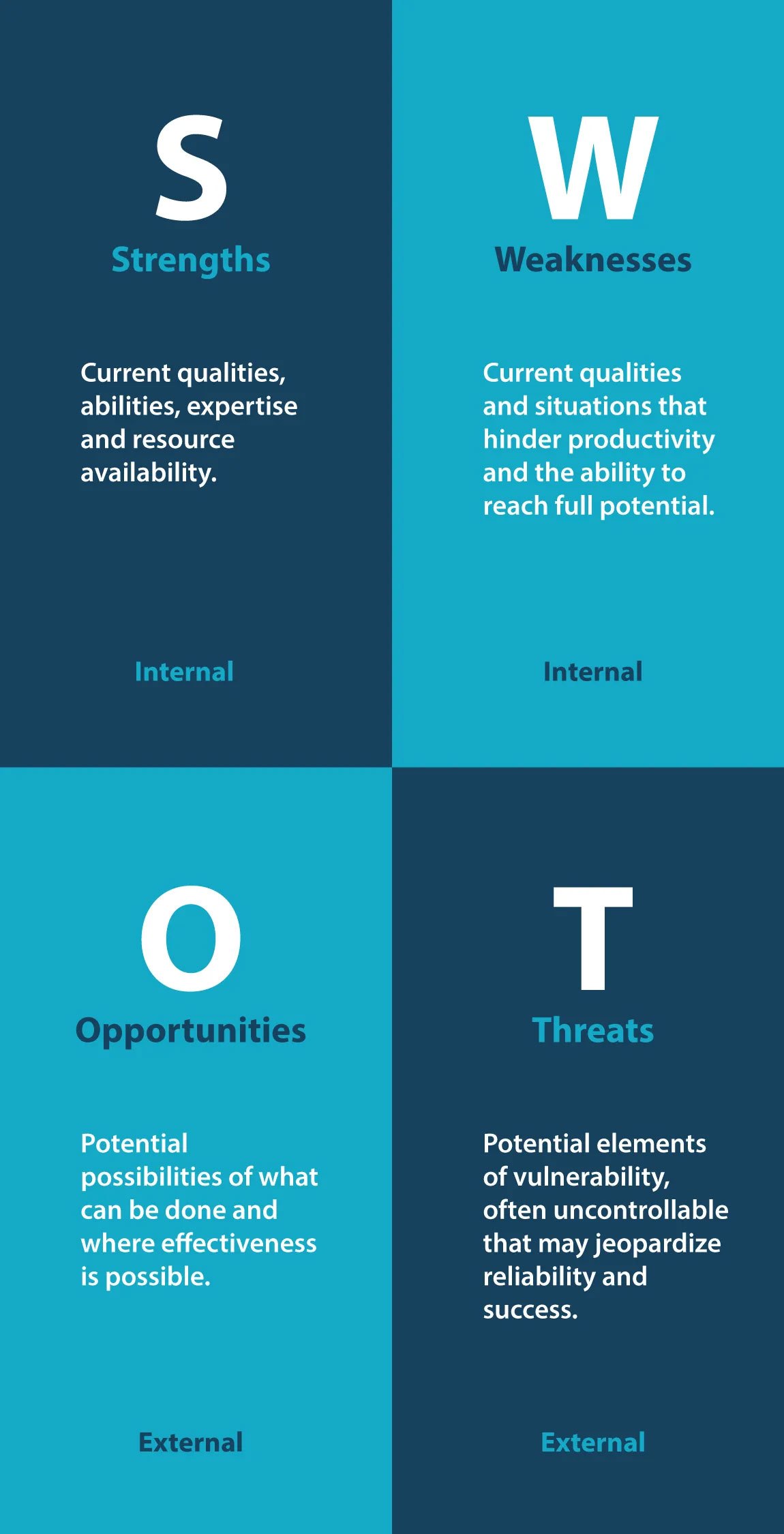Building and Executing
a Marketing Plan
A strong marketing plan is more than a calendar of activities — it’s a roadmap that connects brand positioning, sales objectives, and measurable outcomes. At Kee Safety, I developed and executed annual marketing plans that aligned with leadership priorities, created consistency across campaigns, and provided clear visibility into performance. The result was a structured system where every initiative — from PPC to trade shows — contributed to lead generation, brand authority, and ultimately, revenue growth.
Defining the Direction
Translating corporate goals into measurable objectives
Each plan began with clarity: what the company needed to achieve and how marketing would directly support it. My 2023 plan prioritized:
-
Expanding Kee Safety’s brand authority through thought leadership.
-
Driving lead generation across PPC, SEO, and interactive tools.
-
Supporting product launches with coordinated campaigns.
-
Strengthening sales alignment with tools and co-branded collateral.
Key Focus Areas
Strategic initiatives that build momentum
The plan outlined four core pillars:
-
Content Creation – Industry Insights white papers, editorial articles, webinars, and case studies positioned Kee Safety as a trusted authority.
-
Digital Marketing – PPC, retargeting, landing page optimization, and conversion tracking to maximize ROI.
-
Events & Trade Shows – Coordinated campaigns around ASSP, BOMA, and other industry events, including booth graphics, collateral, and follow-up processes.
-
Sales Alignment – Quote templates, CRM dashboards, and co-branded materials that made the sales team more effective.
Tracking What Matters
Turning campaigns into measurable results
Measurement was central to every plan. Using Zoho CRM and Google Ads reporting, I built dashboards that connected campaigns directly to sales outcomes:
-
Monthly tracking of lead sources by channel.
-
Conversion volume, cost per conversion, and ROI reporting.
-
Campaign audits to refine keyword strategies, budget allocation, and creative.
This visibility gave leadership confidence in spend and allowed marketing to continually optimize for better performance.
Execution in Action
From plan to measurable growth
A marketing plan is only valuable if executed. My 2023 plan wasn’t a static document — it guided daily, weekly, and quarterly priorities across channels. Results included:
-
PPC campaigns that doubled conversions while keeping cost per conversion competitive.
-
A complete rebrand of brochures, collateral, and digital tools that unified Kee Safety’s identity.
-
Launch of the Interactive Rooftop Safety Assessment, which turned web traffic into qualified leads instantly.
-
Trade show campaigns that created consistent brand presence and supported sales conversations with tailored materials.
SWOT
Analysis
Each annual plan included a high-level SWOT analysis to guide decision-making. This ensured campaigns were rooted in reality and aligned with both internal capabilities and external market conditions.
-
Strengths – Established brand recognition, wide product portfolio, strong sales expertise, and a proven safety record that built credibility.
-
Weaknesses – Limited awareness in certain verticals, reliance on outbound sales for lead generation, and fragmented brand identity prior to rebranding.
-
Opportunities – Growing regulatory pressure around rooftop safety, untapped digital channels, expansion of interactive tools, and stronger presence at industry events.
-
Threats – Competitors pushing low-cost alternatives, shifting regulations, and economic cycles that slow capital investment in facility upgrades.
By mapping these factors, the marketing plan created focus areas: doubling down on strengths (thought leadership, product credibility), closing gaps (digital presence, brand consistency), and leaning into opportunities (interactive tools, PPC growth) while staying ahead of external risks.
What the Analysis Revealed
The SWOT exercise showed that Kee Safety had a lot working in its favor: a trusted brand, strong sales team, and products that already met or exceeded safety standards. At the same time, it highlighted gaps — especially around digital visibility and consistent branding — that were holding back growth.
On the opportunity side, the analysis pointed to real momentum: increasing safety regulations, more demand for rooftop solutions, and the chance to use digital campaigns and interactive tools to capture new leads. The main risks came from competitors pushing lower-cost options and changes in the economy that might delay facility upgrades.
By laying this out clearly, the plan made it easier to see where to lean in (brand authority, digital growth, regulatory opportunities) and where to focus improvement (branding consistency, lead channels).
Wesley Doyle | 619.921.607 | This email address is being protected from spambots. You need JavaScript enabled to view it.
